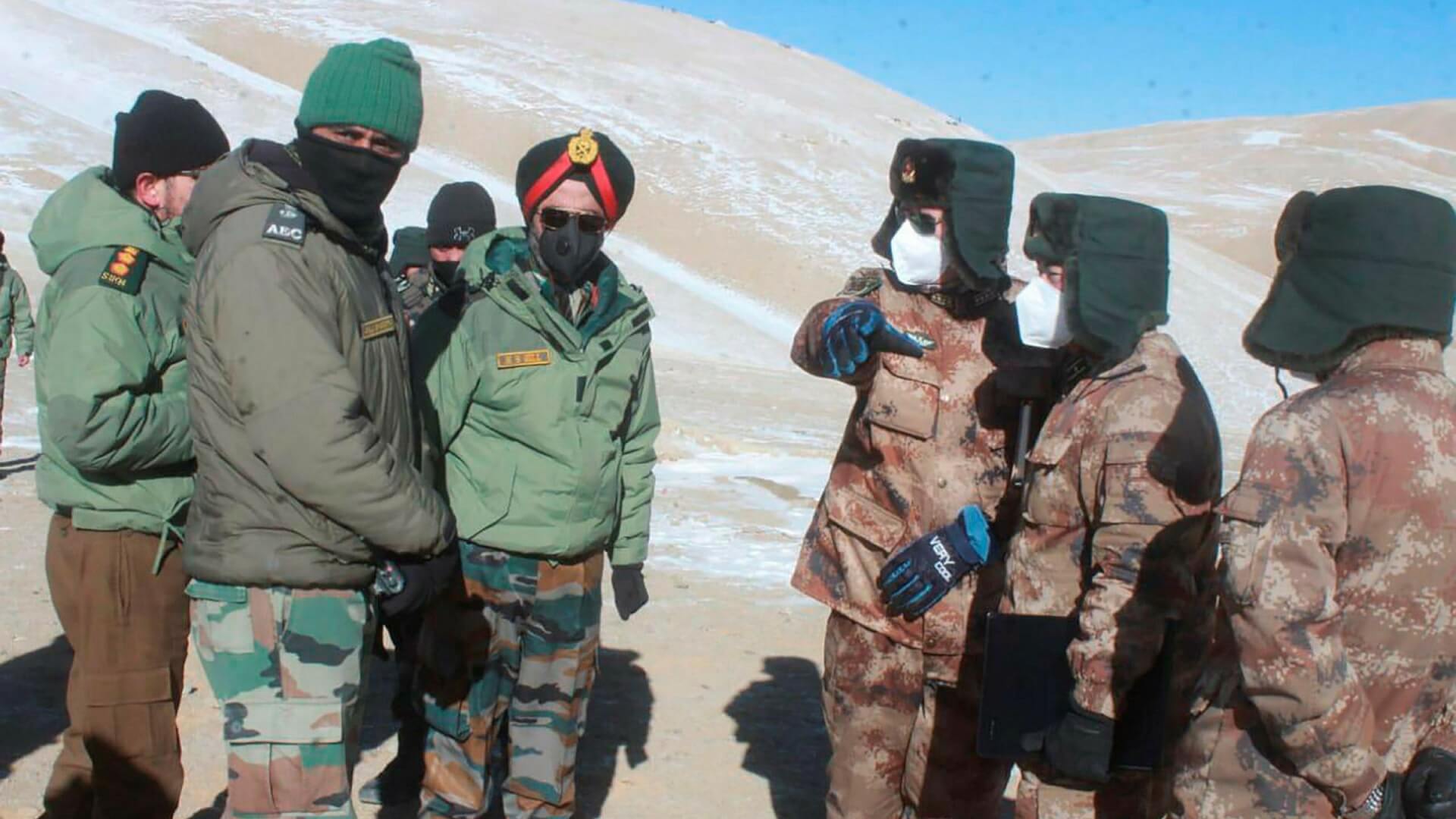The Chinese People’s Liberation Army (PLA) reportedly stopped Indian graziers on August 21 near the Saddle Pass in Demchok, a disputed area India considers to be its own territory. The incident did not result in a clash or standoff between the two sides and both armies are engaging to resolve the dispute without further escalating tensions.
According to a senior government official quoted by The Hindu, the graziers and their livestock were blocked by the PLA, who claimed they were encroaching on Chinese territory. He added that the graziers had frequently visited the area, resulting in a “minor scuffle in 2019.”
The incident occurred near Charding Nilong Nallah, where India and China have been engaged in a standoff since 2014, with several Chinese tents set up in the area.
The Chinese army stopped Indian graziers within our territory in Demchok, Ladakh.
— Mallikarjun Kharge (@kharge) August 29, 2022
The GoI is in complete denial while China challenges our territorial sovereignty. Modi Government must recognise the Chinese challenge and our lands and rights are restored. pic.twitter.com/cv2XPV1SkN
Following the incident, the PLA and Indian Army held several commander-level meetings. A defence official clarified that the meet was a “routine interaction between local commanders on the group level” that are deployed to prevent escalation and secure “peace and tranquillity” along the Line of Actual Control (LAC). He added, “This keeps happening regularly all along the LAC as part of the agreed protocols.”
Despite the incident being downplayed, tensions between India and China have soared since the Galwan Valley incident in June 2020, which resulted in the death of 20 Indian soldiers and over 40 Chinese troops. While several areas since have been declared as “no patrolling zones,” both sides’ armies remain closely positioned at several locations along the LAC.
Since the Galwan clash, India and China have held 16 rounds of Senior Commanders-level meetings, which have resulted in the mutually agreed “no patrolling zones” and complete disengagement in the northern and southern banks of the Pangong Tso area.
India held talks with China after its troops stopped Indian villagers in Demchok
— ANI Digital (@ani_digital) August 29, 2022
Read @ANI Story | https://t.co/veCsNqmd07#IndiaChinaStandOff #Demchok #PLA #IndianArmy pic.twitter.com/IrkKIVaTAP
Following the latest round of negotiations last month, a government source said, “Both sides agreed on further reducing the remaining strength of troops from the Hot Springs area between them.”
The two countries’ foreign ministers also agreed to complete disengagement during a meeting between their foreign ministers last month.
However, they have not reached a consensus for disengagement at Patrolling Point 15 in the Hot Springs area and in the Depsang area. They are also yet to agree on the terms of disengagement in several other volatile regions of Eastern Ladakh. As a result, over 50,000 soldiers remain deployed on both sides of the LAC.
In a message to China, EAM Jaishankar says,'sovereignty and territorial integrity will have to be respected. Initiatives that impact the region must be consultative, not unilateral. Connectivity, in particular, should be transparent, viable and market-based'. pic.twitter.com/Ap9aXq7TPW
— Sidhant Sibal (@sidhant) August 29, 2022
Against the backdrop of these tensions, in an address to the Asia Society Policy Institute on Monday, Indian External Affairs Minister S. Jaishankar said that the realisation of an ‘Asian Century’ requires an abandonment of “key players” on the continent to abandon the ‘rising but divided’ thinking. He declared, “It is said that the pre-requisite for an Asian Century is an India and China coming together. Conversely, their inability to do so will undermine it.”
Jaishankar reiterated the importance of China adhering to the “three mutuals”: mutual sensitivity, mutual respect, and mutual interest. Keeping this in mind, he underscored, “The state of the border will determine the state of the relationship.”
In a similar vein, during a visit to Brazil this rare this month, Jaishankar denounced Chinese aggression along the LAC for “casting a shadow.” In this regard, he said that as neighbours, the two countries can only “get along” if China agrees to “reasonable terms” to resolve their border dispute.

